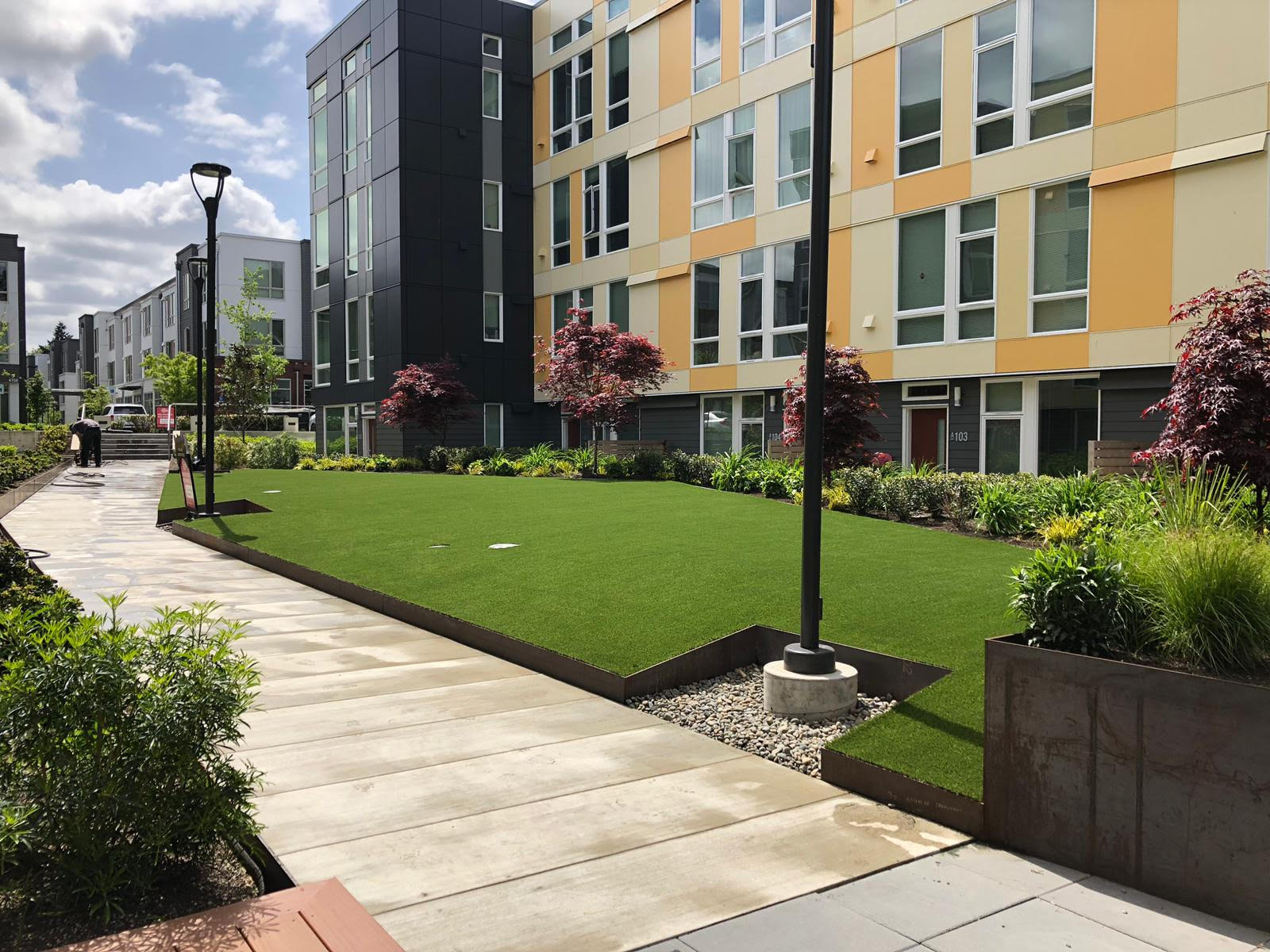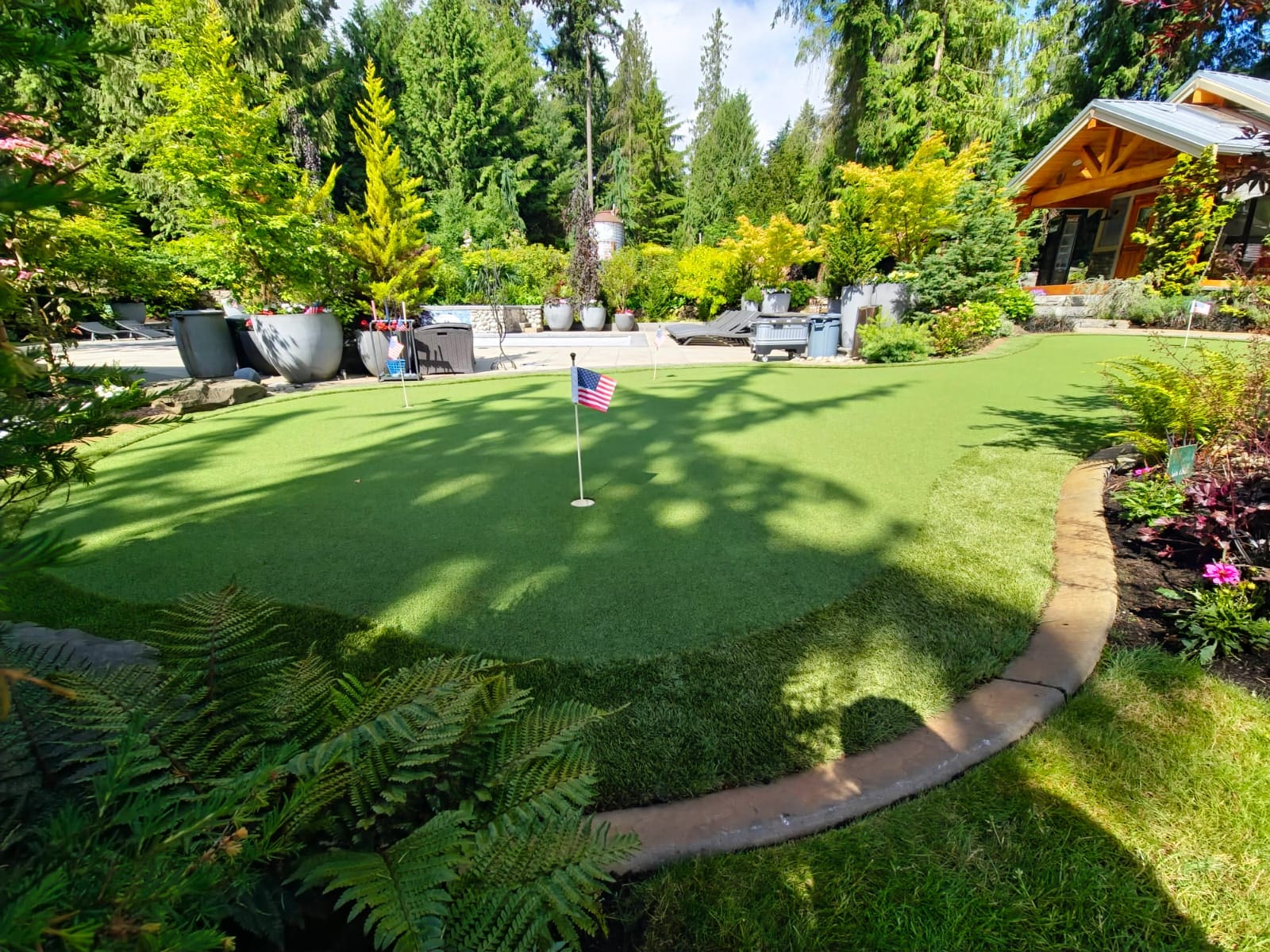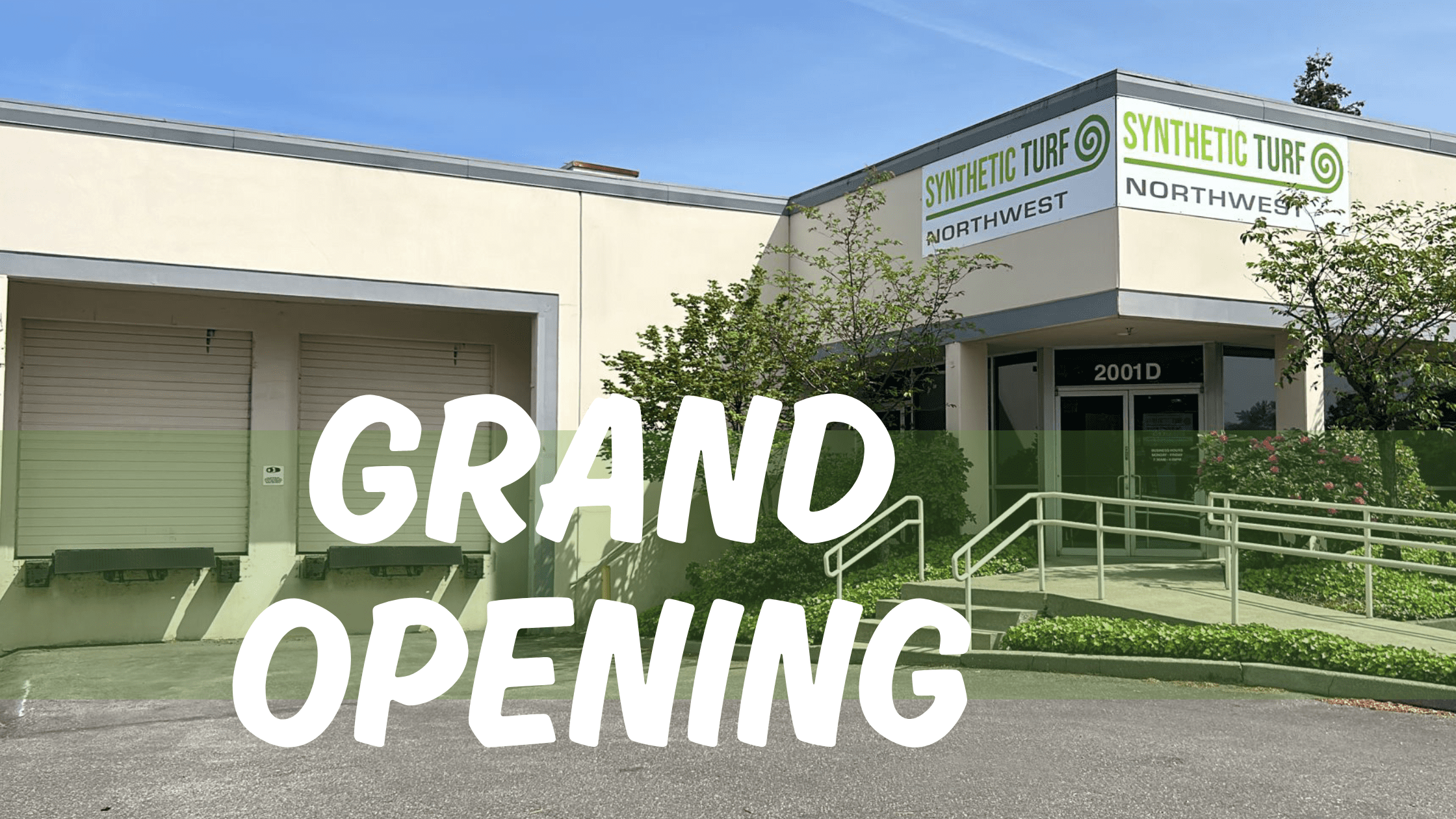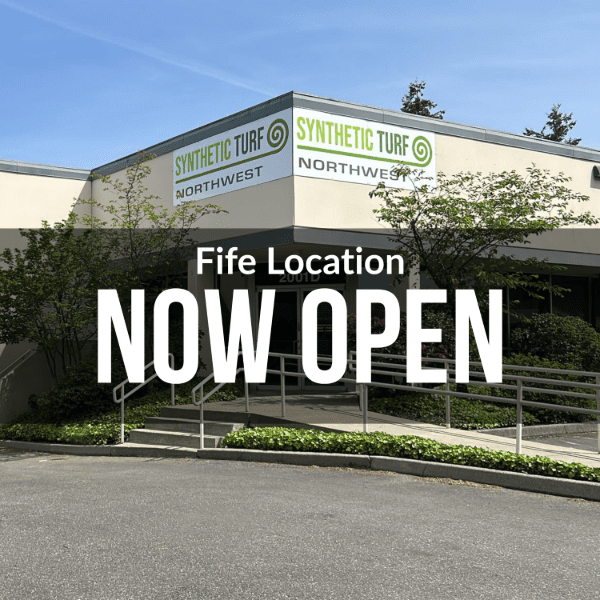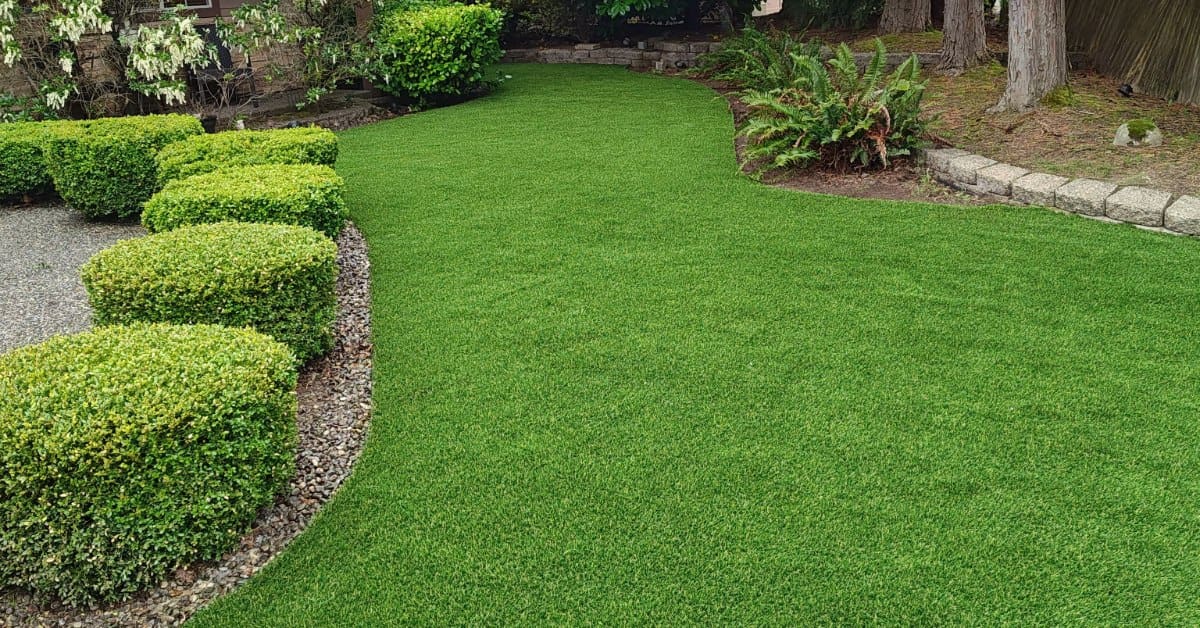More Commercial Landscapers Are Installing Artificial Turf
Commercial projects involving artificial grass have traditionally included the usual applications such as sports arenas, golf courses and indoor installations. But a growing trend in commercial landscaping is seeing synthetic turf show up in a wider array of applications. There are clear advantages to using artificial turf in playgrounds and dog parks.
Synthetic turf may become the industry standard for the most popular projects on commercial properties.
Why Artificial Turf is Quickly Becoming a Commercial Landscaping Staple
While there are myriad reasons commercial property owners are gravitating towards synthetic turf over natural grass for landscaping (some of which we’ll cover further on), the biggest draw seems to be the fact that artificial turf environments are cleaner and more sanitary in a variety of ways.
In this article, we’ll break down the benefits of landscaping on commercial properties with synthetic turf, including the various improvements it offers for cleanliness.
Benefits of Synthetic Turf vs. Natural Grass for Commercial Landscaping Projects
When considering all the benefits of artificial turf over natural grass in general, it’s easy to see why synthetic turf is often the best choice. Some of the most notable advantages include:
- Cost savings, especially over the long term
- Durability & Flexibility
- Requires less maintenance
- Easier to keep up appearance
But these benefits could apply to just about any project. In order to better understand why commercial property owners are using synthetic turf more and more for landscaping applications, it’s important to consider the advantages of artificial turf specifically as they relate to landscaping projects (as opposed to sports fields or putting greens).
(1) Health benefits are greater given the cleaner, more sanitary landscaping in typically higher-traffic environments
As we mentioned earlier, synthetic turf is cleaner and more sanitary than natural grass in a variety of ways. Our synthetic turf is antimicrobial, hypoallergenic and easy to clean. Furthermore, no one has to worry about allergens, bugs, dirt, burrs or tracking grass clippings indoors. Because commercial properties are often public places and/or high-traffic areas, the benefits of clean, sanitary turf are much greater.
(2) Commercial landscaping applications have fewer safety concerns
One unique aspect of commercial landscaping with artificial turf is that the goal of the project is largely aesthetic – to beautify the property while keeping it low-maintenance, clean and cost-efficient. Most other applications, such as playgrounds, sports fields and pet parks must take into account the safety of the people and pooches using them.
Whereas a business park landscaper, for example, simply needs to pick turf that drains well, looks great and is easy to tend and needn’t worry much about people trodding across it; a sports arena turf installation requires extra considerations to mitigate the risk of injury to players.
(3) Environmental benefits matter more for commercial landscaping
For most commercial properties, the artificial turf landscaping will be quite expansive. Furthermore, they are often in areas where environmental improvements are more desirable (urban areas, large facilities, etc.). Because of this, there is more benefit gained from environmental features of artificial turf such as abating the need for gas-powered tools and equipment.
(4) The cost savings are greater for commercial landscaping applications
From a strictly financial perspective, there is no denying the huge advantages of synthetic turf over natural grass. Given the much larger, extensive turf installations most commonly associated with commercial landscaping projects, it’s easy to recognize that these savings are multiplied greatly. That makes synthetic turf landscaping a no-brainer for any commercial property owner.
Residential vs Commercial Landscaping with Artificial Turf
Although the rise in commercial landscaping with artificial turf can be attributed to benefits such as cleanliness and cost savings, it’s also worthwhile to consider why we’re seeing this trend mostly in commercial applications as opposed to residential turf projects.
The primary reason why commercial turf landscaping is seeing more growth than residential landscaping is actually two-fold: (1) Residential landscaping projects tend to have more restrictions, regulations and limitations and (2) Homeowners have fewer resources and less time to navigate the hassles and obstacles.
In many cases, residential turf installation projects can get bogged down by city ordinances, housing communities, the local HOA, or other organizations citing concerns over anything from proper stormwater drainage to the type of infill being used. These concerns generally only apply to larger landscaping projects, so most home turf projects like standard lawn upgrades and backyard putting greens shouldn’t be affected
Commercial property owners likely have no such oversight restricting their projects and have personnel on hand to resolve those kinds of issues if they arise. Homeowners, when met with these hurdles, will usually fold to the demands of those agencies or abandon the project altogether.
How to Determine if Synthetic Turf is Best for your Commercial Landscaping Project
Are you a commercial property owner considering synthetic turf for a commercial landscaping project? Tell us about your project! We can help you determine if artificial turf is the best choice for your application. We offer custom artificial turf for almost any application.
We welcome your questions, and our turf installation experts are happy to consult with you over the phone. Just give us a call at 425-788-0718.

